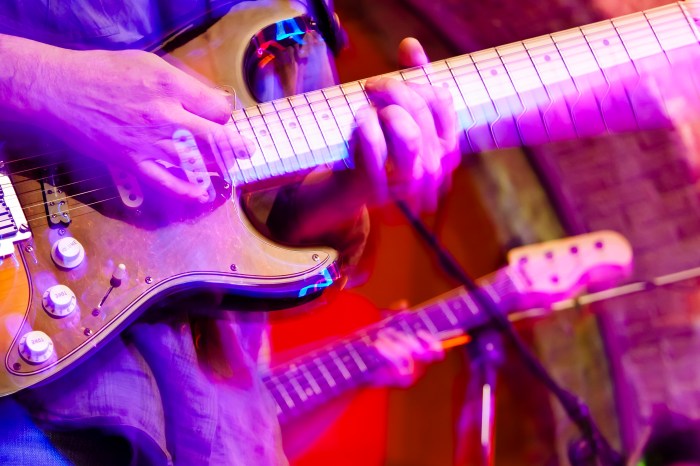This weekend, as Hunger Games: Mockingjay Part 2 opened in theaters across the country, militant fans of the series—appropriately called Tributes—were dispatched to the war-torn front lines of the Capitol. To the distant crack of gunfire and explosions, they proceeded down lifeless streets of rubble and smoke, littered with a minefield of barbarous traps, as they headed down the homestretch of the adapted dystopian series’ finale.
Some moviegoers simply appreciated the bow-wielding Katniss Everdeen (Jennifer Lawrence) as one of the better heroines since Harry Potter‘s Hermione Granger. Others, no doubt heart-eyed, drooled over the hunky bods of brainwashed Peeta Mellark (Josh Hutcherson) and pretty boy Gale Hawthorne (Liam Hemsworth), whose romantic roles were both barely a cut above Twilight’s pathetic Edward and Jacob. Of course, watching the bloody and tense rebellion escalate against the ruthless dictator President Snow (Donald Sutherland) may have been action enough.
Despite never quite reaching the emotional peak achieved in Suzanne Collins’ novel—most notably during a few major death scenes—Mockingjay Part 2, the final installment of the beloved Hunger Game series, faithfully packed all this in an explosive finale, a welcome improvement from the lackluster, Mockingjay Part 1 (2014), which just delayed the inevitable.
Capitalizing on the curse first cast by the Harry Potter franchise, Hunger Games divided yet another young adult series’ final book into two movies. The glaring difference was that Harry Potter and the Deathly Hallows transfigured a grand total of 759 pages of plot compared to Mockingjay’s 390-page storyline. In other words, the producers ensured that the box office odds were in their favor.
But The Hunger Games was more than a cash cow milking young adults. Political, social, cultural, even environmental messages run through the books’ pages and the films’ reels. If the striking images of children facing off in fights to the death weren’t gut-wrenching enough, tense subjects like tyrannical governments or the wealth gap between the impoverished and the rich caught fire off-screen.
In June 2014, protestors in Bangkok were apprehended for flashing the Hunger Games’ three-fingered salute in opposition to Thailand’s authoritarian government.
During the Fergusson, Missouri riots, Katniss’ declaration, “If we burn, you burn with us,” was spray-painted on the Gateway Arch in St. Louis following the grand jury’s exoneration of white police officer Darren Wilson, who’d shot Michael Brown, an African American teenager.
There is also a campaign, “Odds In Our Favor,” fighting economic inequality in America (#MyHungerGames).
The movie stayed true to the books, right down to the last line, but Katniss’ final journey never hit home–the way she unfailingly did with her bow and arrow.
But maybe Mockingjay Part 2’s meh farewell was more of a “thank you” from the fans for all the series’ inspiration. If fingers represented stars, Mockingjay Part 2 gets a three-fingered salute with an eerie four-note whistle, gestures that symbolized gratitude, admiration, or farewell to a loved one in the once dystopian nation of Panem.

































